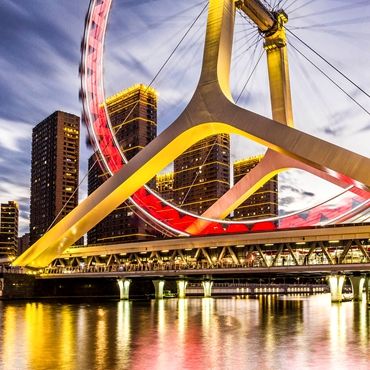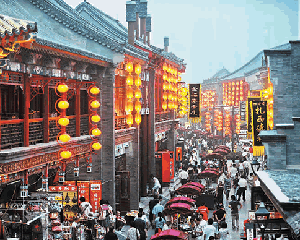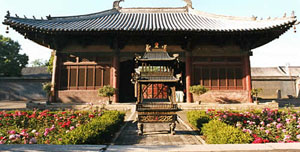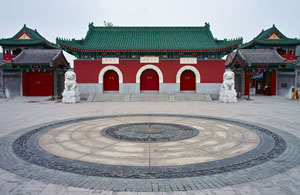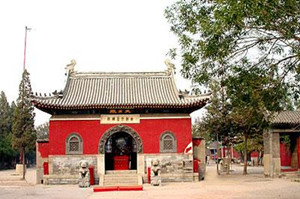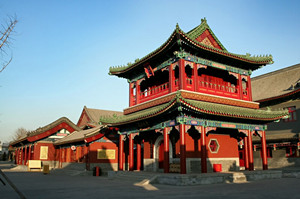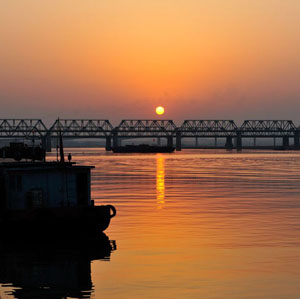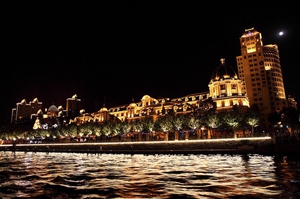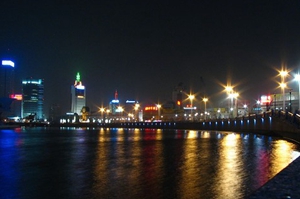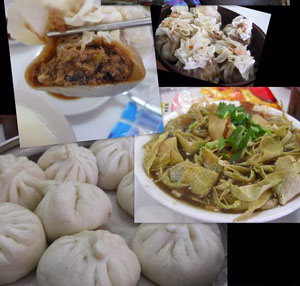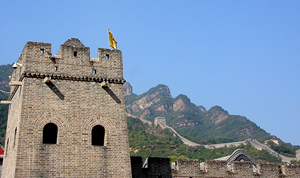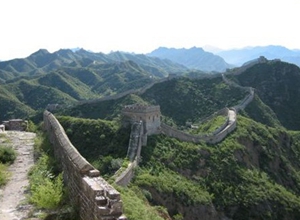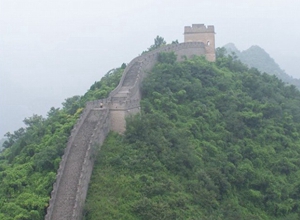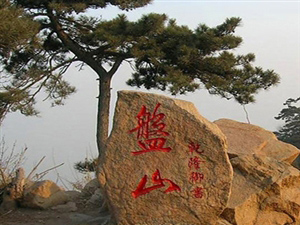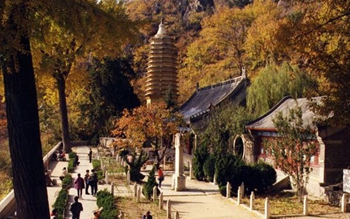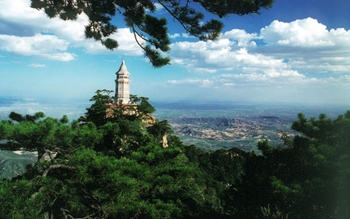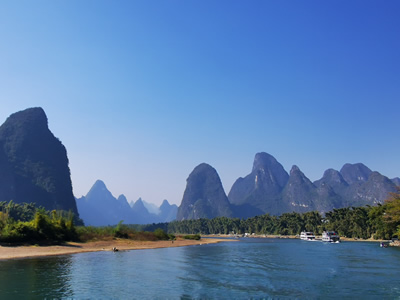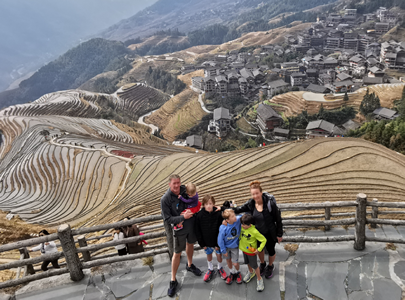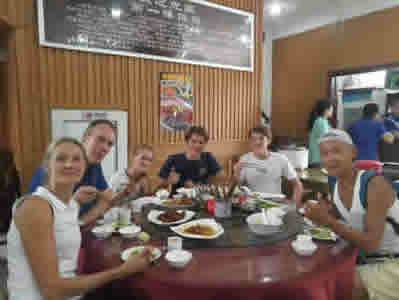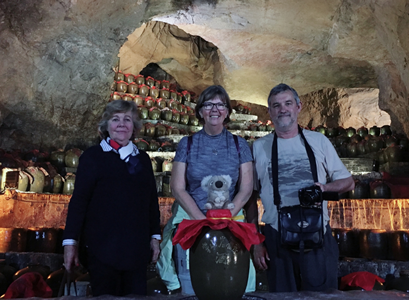Highlights
This tour you will find an exotic flavor to Tianjin, which enhancing the beauty of the entire city.
Itinerary
In the morning, you will be picked up at your hotel in Beijing and transferred to Tianjin by van/car. Firstly visit [Century Clock Tower] which is standing on the Jiefang Bridge and considered a landmark of the city. The Century Clock measures almost 40 meters in height and is embellished with relief carvings of the 12 symbols of the Chinese zodiac in bronze. Then walk around in the [Haihe River Park] along the Haihe River which is mother river of Tianjin City.
Go ahead to walk along the [Binjiang Dao Walking Street] and [Heping Road]. The two streets are the places to shop in Tianjin. Hundreds of retailer stores are assembled there. It is generally a pleasant experience shopping here due to less traffic and clean environment.
Lunch is arranged at [Nanshi Food Street] which is more like a shopping mall than a food street. It is a huge complex built in a traditional style with an area of 40,000 square meters, teemed with more than 100 restaurants.
After lunch, we continue to visit the [Ancient Cultural Street] where people come to enjoy its special architectural styles, see its classic cultural features, take home various folk crafts, and taste the delicious local Tianjin snacks.
Then we go to [Wudadao Sightseeing Street]. Wudadao literally means "5 big avenues" in Chinese. The five main avenues are Machangdao, Munandao, Dalidao, Chongqingdao and Chengdudao. There are totally 22 roads, with a total length of 17 kilometers and an area of 1.28 square kilometers. There are over 2,000 garden-style villas built in 1920s and 30s by different countries. It is recognized globally as the Exposition of Neoteric Architectures. Wudaodao highlights Tianjin as the tangible textbook of Chinese modern history.
After all the visits, take our van/car going back to Beijing. The day tour ends when back to your hotel in Beijing.
Meals included: Lunch
Pricing & Accommodation
-
 US Dollar
US Dollar -
 Euro
Euro -
 GB Pound
GB Pound -
 CA Dollar
CA Dollar -
 AU Dollar
AU Dollar -
 HK Dollars
HK Dollars -
 Renminbi
Renminbi
| Group Size | 1 person | 2-5 persons | 6-9 persons | ≥10 persons |
| Price(USD per person) | $180 | $120 | $90 | $70 |
* Price in every box above is for each person.
* Price is in US dollar. It may vary a little bit according to US dollar exchange rate fluctuation, car fuel price change and government tax adjustment, etc.
* The price is only for your reference and it is subject to seasons, high or low.Please send us your inquiry if you are interested.
Inclusions / Exclusions
Inclusions:
A. Entrance fees for the attractions in the square brackets
B. Personal English-speaking Guide to be with you all the way
C. Experienced Driver + comfortable Private car/van/bus
D. Lunch
Exclusions:
A. Gratuities, Tips to the guide and driver
(Although not compulsory, if you think your guide and driver have done a good job at the end of the tour, we suggest you tip them at you own decision to show your appreciations.)
B. Other Personal Expenses.
Important Information
How to Dress (only for reference):
Comfortable walking shoes
Long, loose and comfortable pants
Shorts for summer months (June – September)
Shirts/T-shirts
Warm clothes (Fleece, Jacket, hat and gloves etc.) for Nov-April
Umbrella or waterproof jacket in a cloudy day or rainy day
Cover for backpack or plastic bags to keep clothes dry in case of rain
What to Bring (only for reference):
Wet wipes / Moist towelettes
Sun hat, Sun block, Sunglasses
Insect Repellent
Bottled Water
Small towel
Camera, film and memory chip, battery
Binoculars

